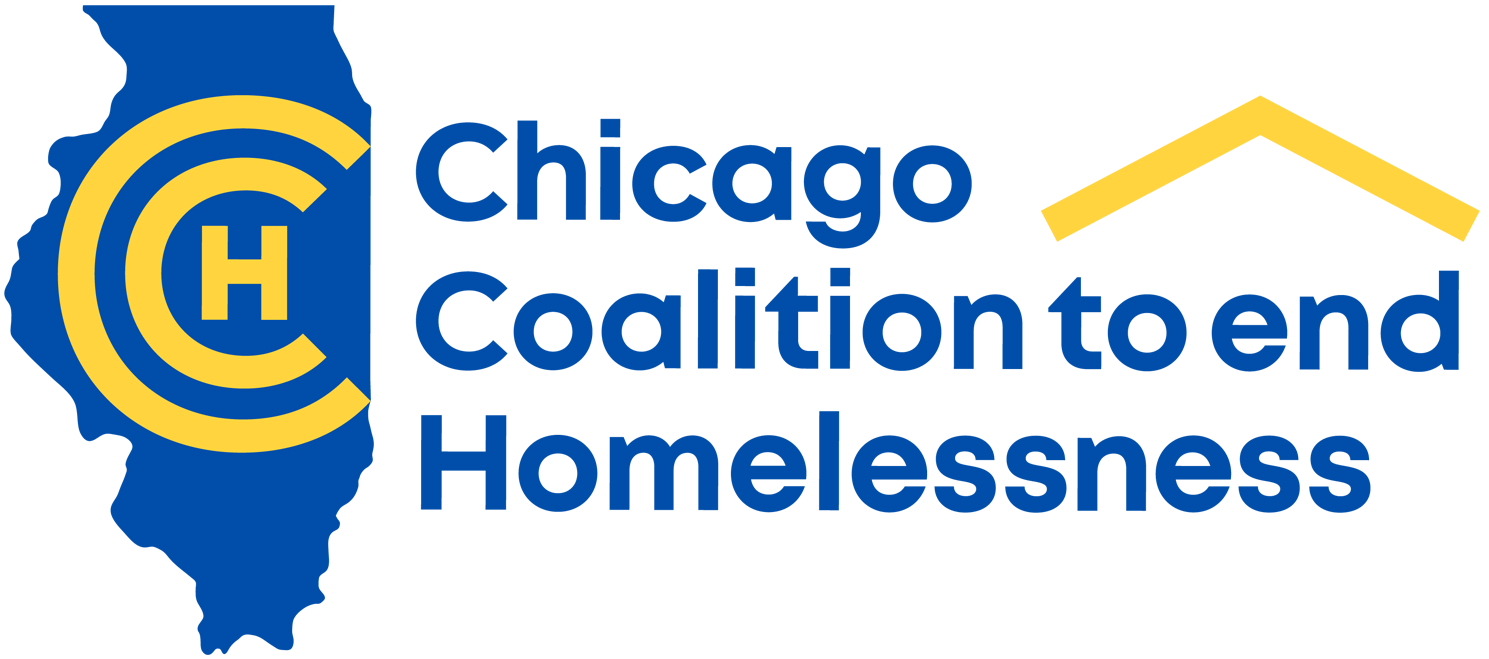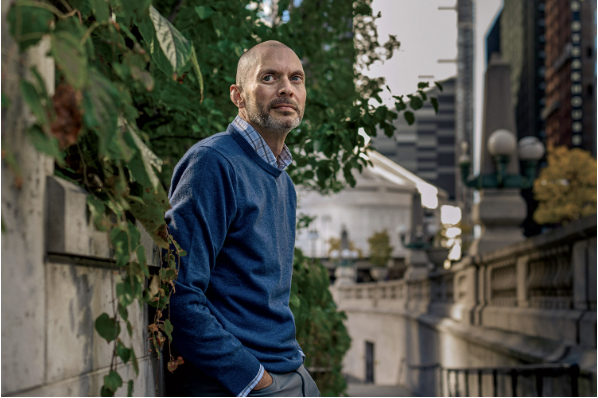Brian Goldstone’s book illuminates what’s behind the increasing numbers of “working homeless.”
On a brisk Tuesday night in mid-October on the city’s west side, the National Public Housing Museum (NPHM) opened its doors after-hours for a conversation between Atlanta journalist Brian Goldstone and Chicago author, scholar, and organizer Eve L. Ewing. Goldstone recently published There Is No Place for Us: Working and Homeless in America, a compassionate, extensively reported account of five Black families who, despite working multiple jobs, are forced into homelessness as landlords and extended-stay hotel owners in Atlanta profit from their suffering and precarity.
Quote from the article:
Both in his book and during our conversation, Goldstone credits the Chicago Coalition to End Homelessness’s “groundbreaking research” for expanding the definition of homelessness beyond the inadequate, incomplete federal one, which only counts people sleeping on the streets and in shelters one day a year. “As bad as the official numbers on homelessness are—and it’s important to remember that the last two years have seen the highest levels nationally on record—the reality is exponentially worse,” Goldstone said. Even under the federal government’s limited definition, more people in Chicago were unhoused in January 2025 than at any point since the city began conducting the federal survey in 2005, WTTW reported. CCH’s work contributed to a “paradigm shift for me,” he continued, “and that’s another reason why the event in Chicago was so meaningful.”







